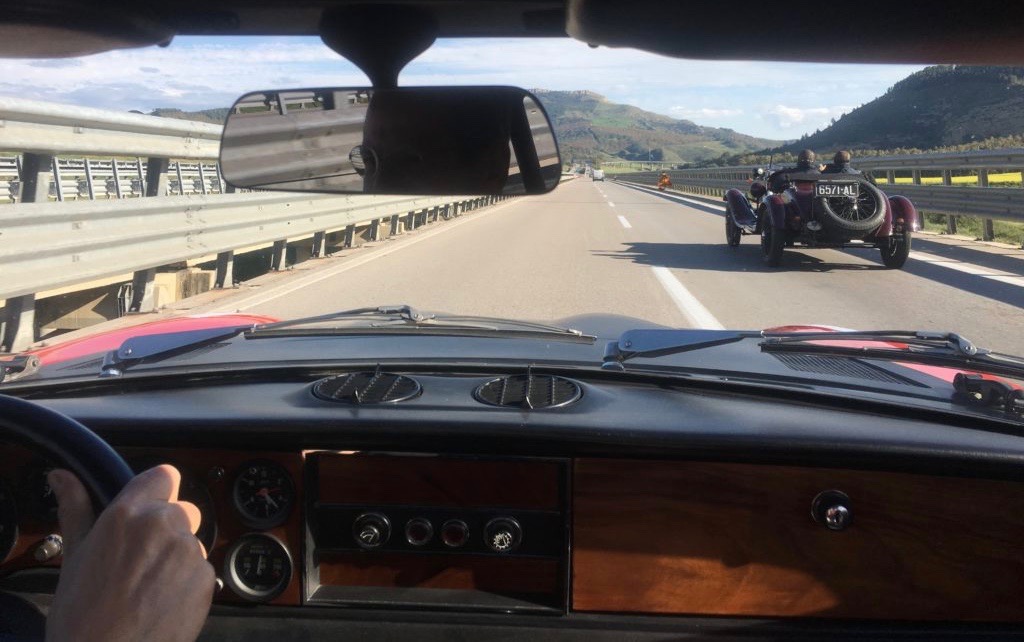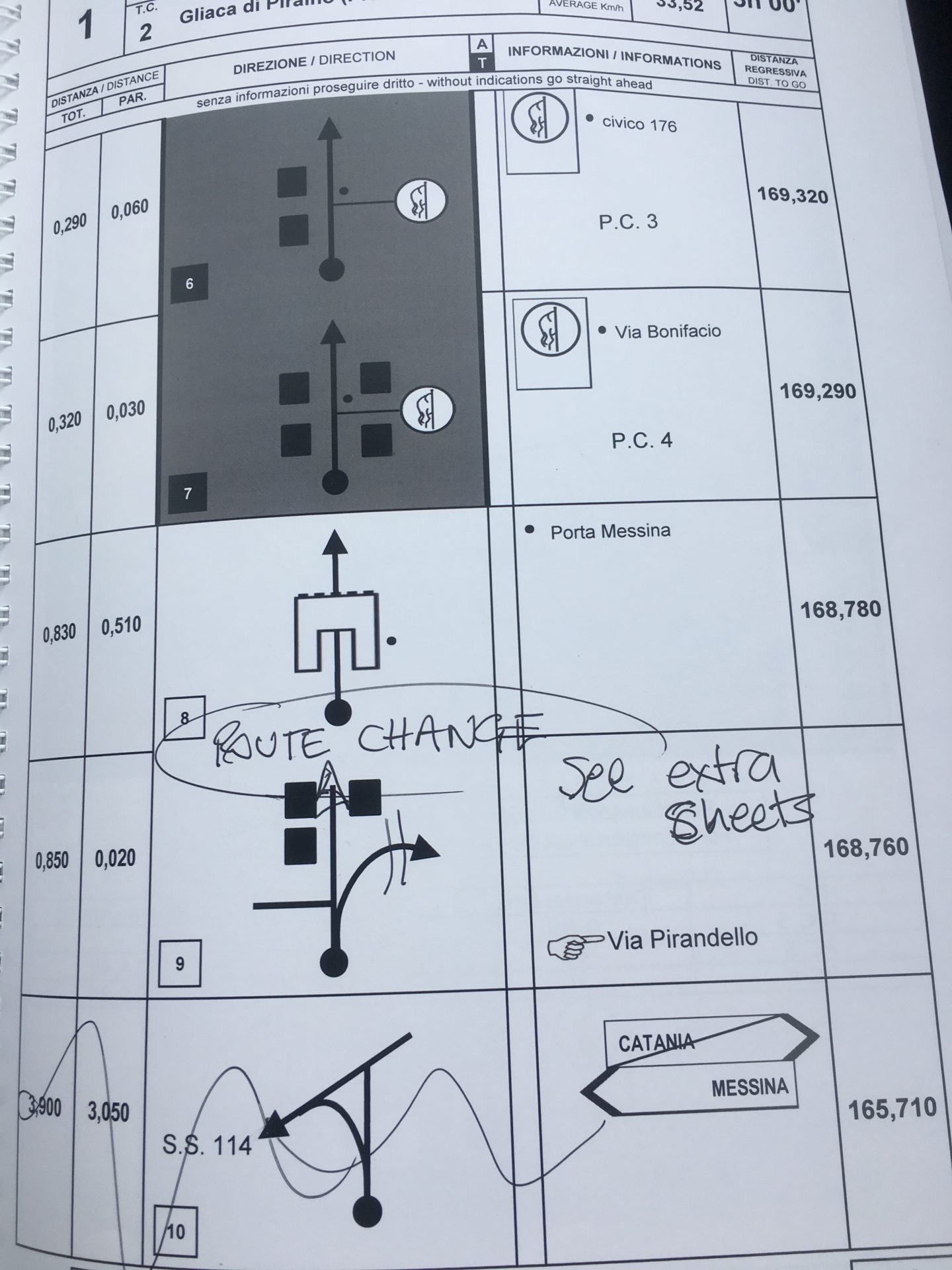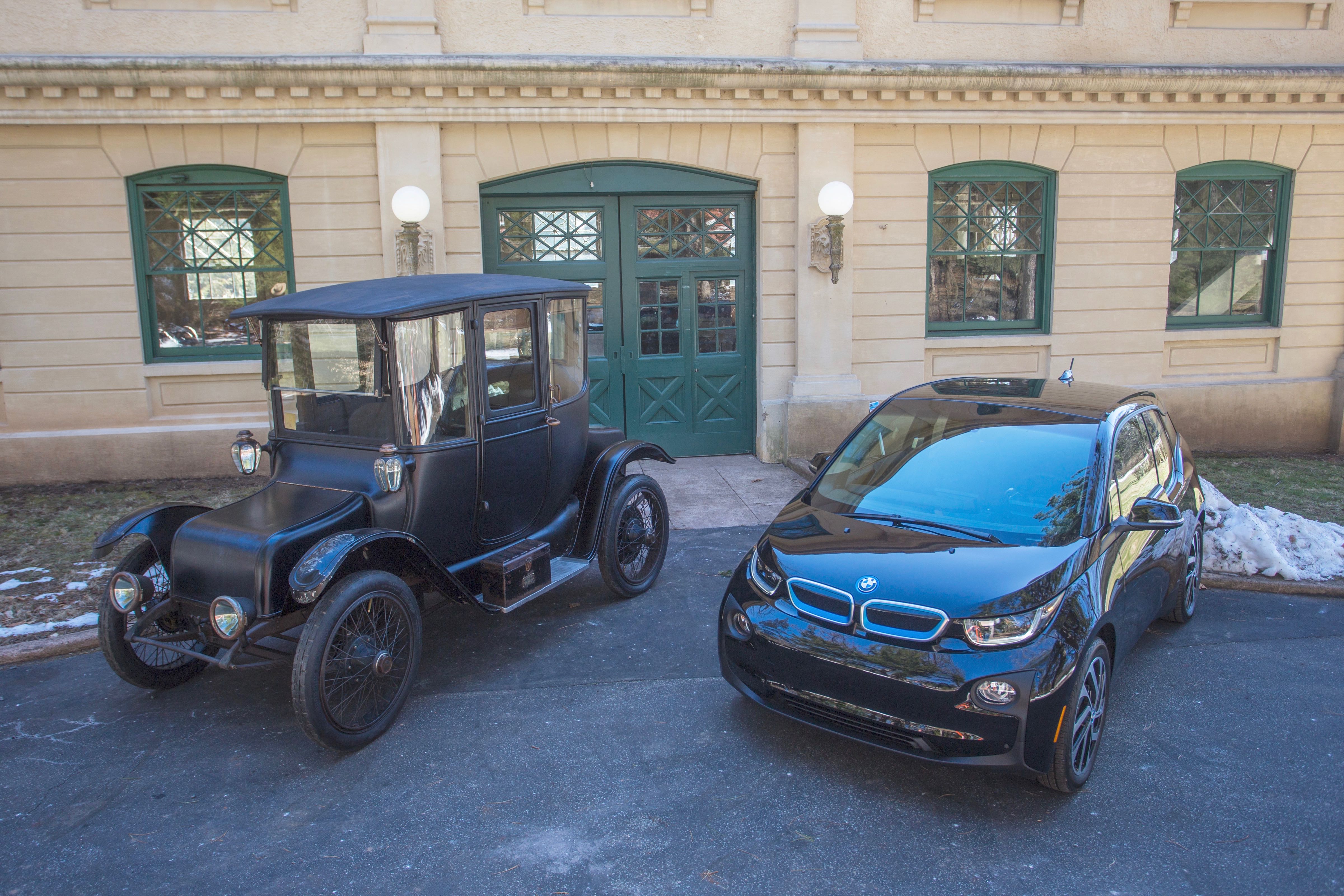
I’ve written before about the automotive adventures of Kenny Schachter, the artist and art commentator who last year bought a 1961 Alfa Spider at RM Sotheby’s London auction. Schachter will show a car-centric exhibit — #Manual (as in shift-for-yourself gearboxes) — next month at Design Miami/Basel.
Schachter’s car collection includes a 1970 Fiat Abarth 124 rally car, so Fiat invited him to participate in the recent Targa Florio. Here is a portion of his report, originally published by artnet.com.
On driving a classic car:
“Driving a classic car reminds me of John Steinbeck’s The Grapes of Wrath, in which an American farming family drives across the country seeking work during the Great Depression. They are dependent on the reliability of their truck, literally, for life or death. Every sound and smell emitted by the vehicle takes on a hyper sense of urgency for the despondent family.
“Not to be (too) superficial, but driving my Fiat up and down the mountains of Sicily was not too dissimilar: my eyes were glued to the malfunctioning oil-pressure gauge, which, if I had been reading it correctly, would have indicated the engine might seize, or worse. (co-driver) Mark (Dixon, a writer for Octane magazine) and I are both around the same age and began comparing which capsules we start the day with; maybe I should replace the oil-pressure gauge in the dash with a blood-pressure monitor.”

On the fellowship of a classic car rally:
“There was a sense of camaraderie on display with men and women of all stripes and from disparate socio-economic backgrounds, though the racial mix was about the same as any given Basel: pretty homogenous.
“The sensation of driving on pedestrian walkways through centuries-old towns was utterly indescribable. Wending up and down the hairpin curves of the mountains and along the coast, I often had to restrain myself from sightseeing for the well-being of my co-pilot. The (active) volcano, Mount Etna, was in sight for much of the drive.”
On the embarrassment of not knowing your hotel room’s number:
“It was beautiful… and exhausting. After the first day of the race and dinner, depleted, I stepped out on my hotel balcony to admire the sea view and got locked out — in my boxers. On the fifth floor between the street and Mediterranean, I began to yell for help. An Italian couple on the sidewalk responded and asked which room number I was before the neighbor popped his head out on the adjoining terrace and offered to assist.
“Ten minutes later, with no help in sight, I began to yell again at which point the fellow driver from next door reappeared and said I’d given him the wrong room number (I’d been in a handful in as many days) and relief was imminent. Except it wasn’t.
“Panicking, I pleaded, ever more desperately, before an Italian from a few floors below stepped out but didn’t speak a single word of English. Forty-five minutes elapsed before I was able to force the door open. No one ever came to rescue me. It was a Kafkaesque experience that made the driving seem easy.”
On driving in an event where death can — and does — occur:
“On the road, my overwhelming cowardice quickly faded once I got going and found a rhythm — it’s a very physical act to control a car at speed for extended periods. Sweaty palms were the order of the day throughout, and if god forbid I didn’t get the directions right (more than once), Mr. Dixon felt no compunction yelling at me; I felt right at home.
“If I had been driving with a friend, I’d probably have killed myself from recklessness. Tragically, on another section of the race, there were two deaths. I thought the art world was dangerous. Numbing sensations or not, I’ll stick to art, thank you very much.”
Catching up on the news
If you want to tour the Corvette assembly plant in Bowling Green, Kentucky, you need to do it by June 16 because remodeling within the facility will close the place to public tours for the ensuing 18 months. In fact, the work is so extensive, including a new paint shop, that the entire plant will be shut down from August through October, Chevrolet says. That means some 2018 Corvettes will be built early this summer, but production will be interrupted for three months, so if you want yours by the end of July, you need to get your order in by June 12.

Car collectors aren’t the only ones who appreciate the service provided by Reliable Carriers. The family-owned fleet of 400 orange and black haulers — and those who drive them — received “Carrier of the Year” honors at the 2017 Annual Automotive Global Awards North America. By the way, Reliable didn’t just beat out other trucking companies, but also rail and other shipping companies.
Whether you’re driving a vintage Detroit Electric or a modern EV such as the BMW i3, you’ll be able to plug in when you visit national parks, where the National Park Foundation, National Park Service, Department of Energy and BMW of North America have begun installing 100 EV charging stations. The first such station already has opened at the Thomas Edison National Historical Park in West Orange, New Jersey.

Speaking of electric vehicles
Metropolis magazine recently speculated about what might happen to traditional gasoline filling stations should the U.S. automotive fleet shift primarily to EVs.
“With the continuing evolution of both electric and driverless car technologies, might we be in store for a new golden age of ‘roadside’ architecture and infrastructural design?” the magazine wondered.
“This question is an incredible opportunity to re-think the ‘gas station’ as an essential and contributing component of our communities… as a true civic space,” wrote architect Andrew Burdick, whose firm, Ennead Architects and its Ennead Lab, have created a prototype for the “gas” station of the future.
“Assuming that drivers would be looking to be entertained, fed, and/or placated while their car is charging, would this not be an incredible commercial and cultural opportunity?” he added.





